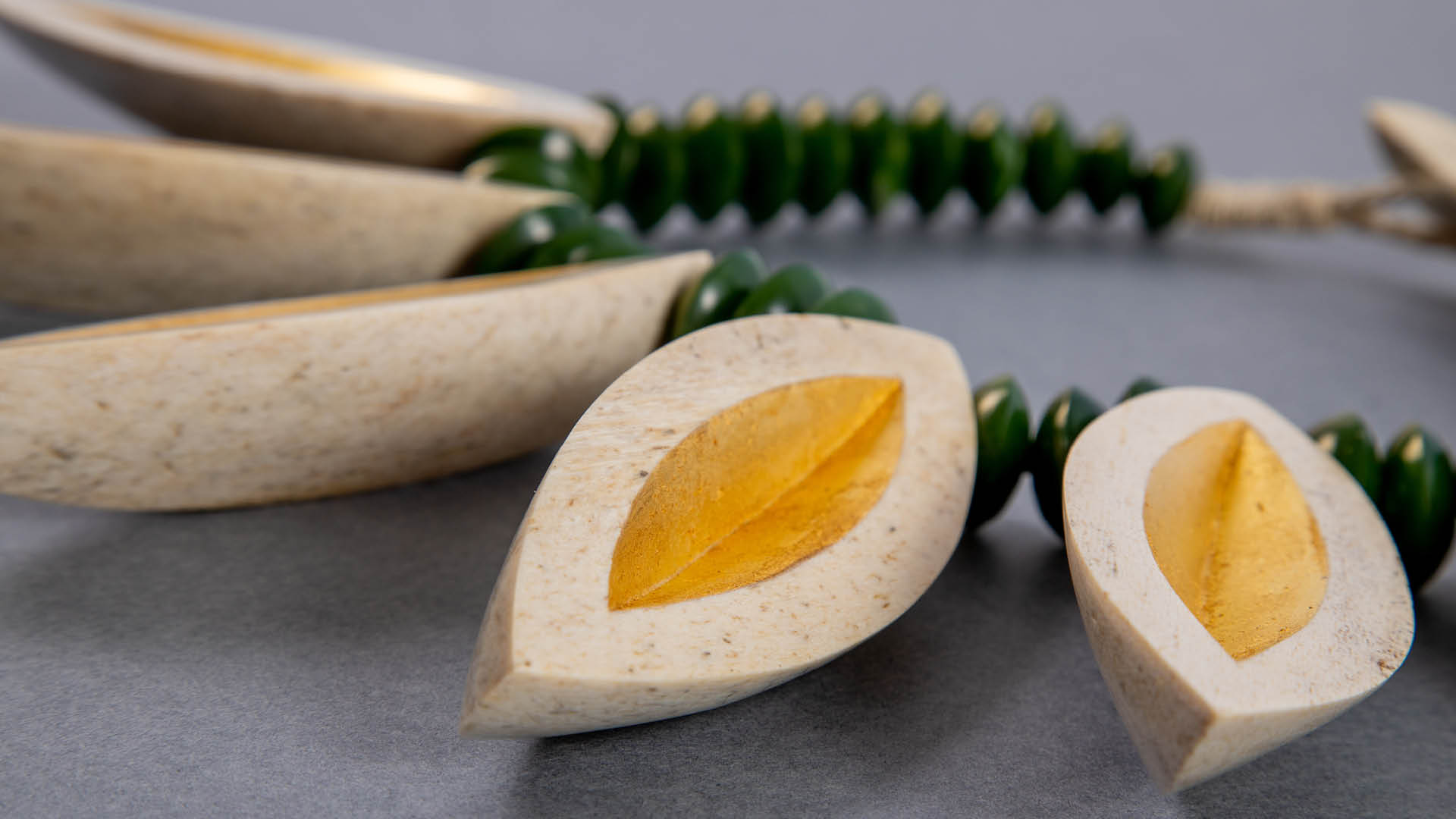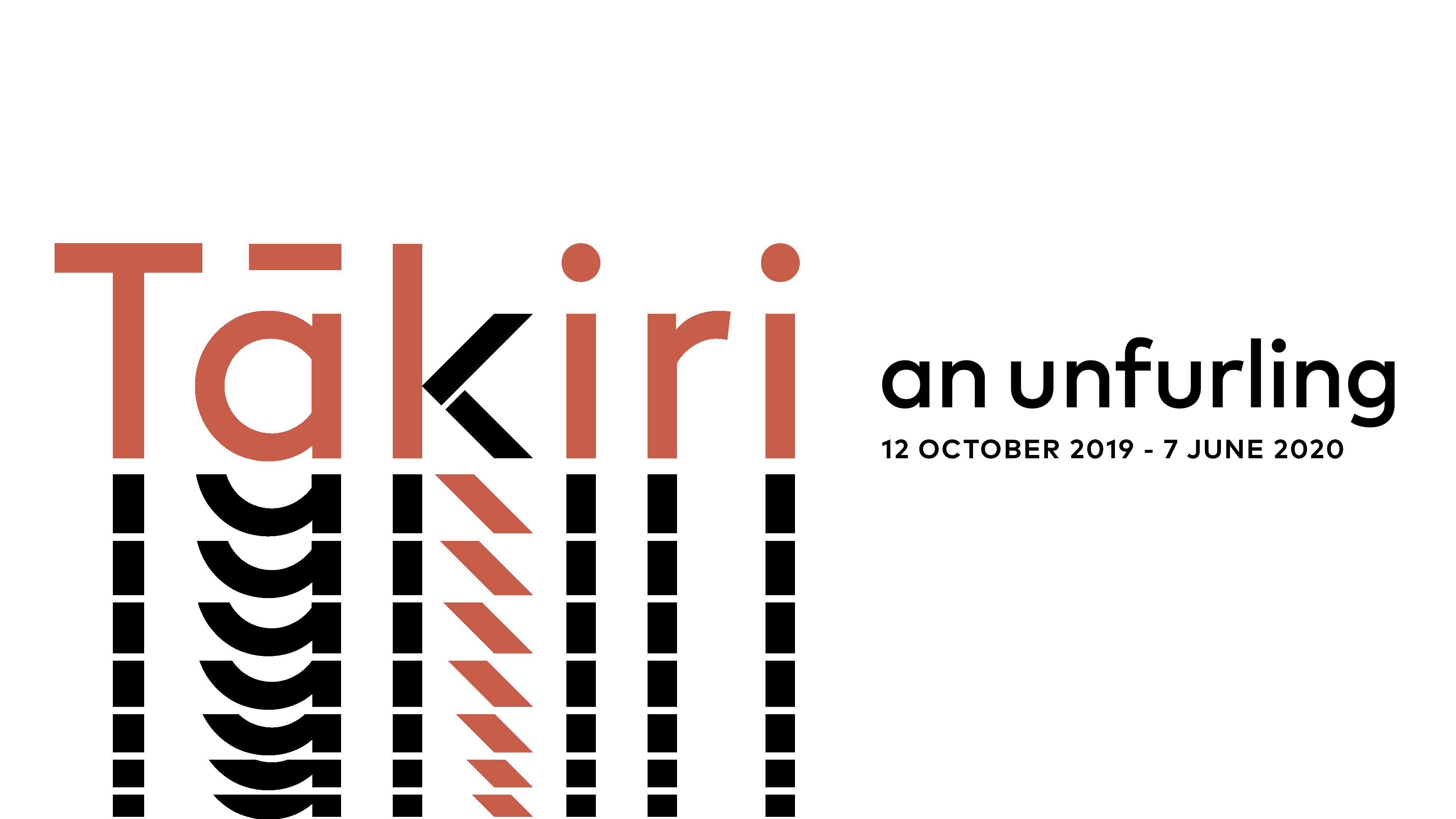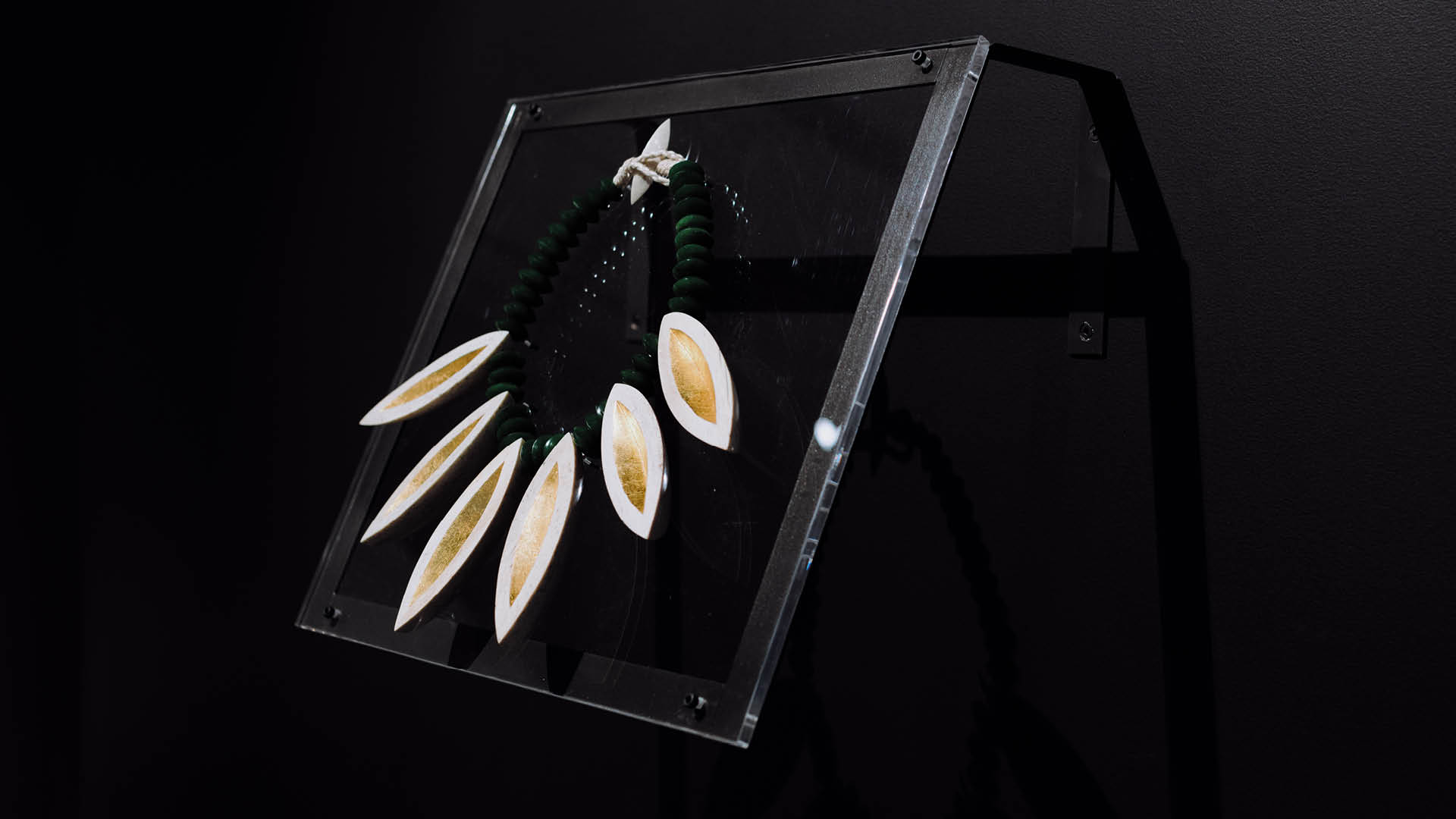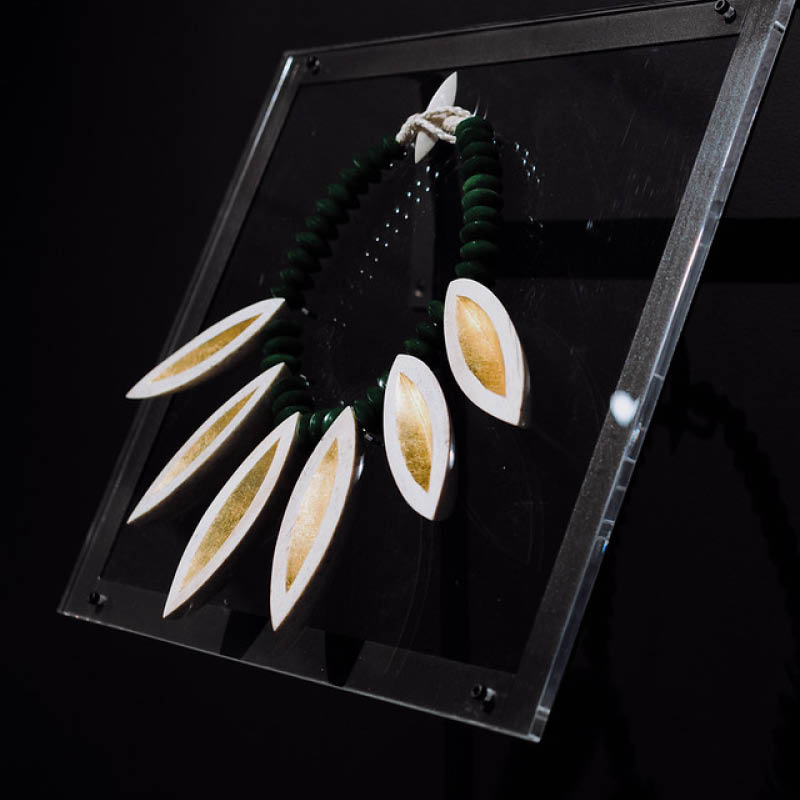Migration before and after the ENDEAVOUR
The ENDEAVOUR’s arrival in Aotearoa New Zealand 250 years ago was not a migration. It was, however, part of a broader mission to navigate and chart the Pacific as a potential area for colonisation. Cook was given a vast array of instructions by the Earl of Morton about what he should note while he was in these lands of the Pacific. These included analysing the people and the natural environment, and putting these into European frameworks of knowledge.



